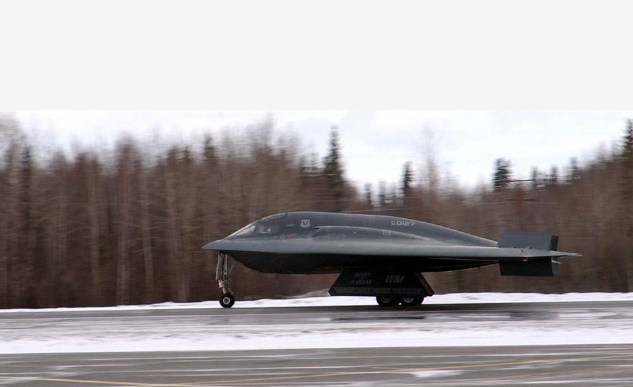
“Air dominance is not a birthright it’s a contest,” a senior Pentagon strategist warned this year. That contest is now most visible over the Pacific, where the US and China are accelerating military aviation programmes toward a common purpose: to ensure control of the skies in any future conflict. The stakes are high; the timelines are short. From stealth bombers designed to slip past dense missile defenses to AI-enabled drones that can coordinate strikes autonomously, each side has bet on technology as a way to offset geography and strategy. But their approaches sharply diverge: Washington is leaning on fewer, more advanced platforms linked by artificial intelligence; Beijing is building volume and reach through mass production, carrier expansion, and missile saturation. Here are nine of the most consequential developments shaping that rivalry in listicle format.
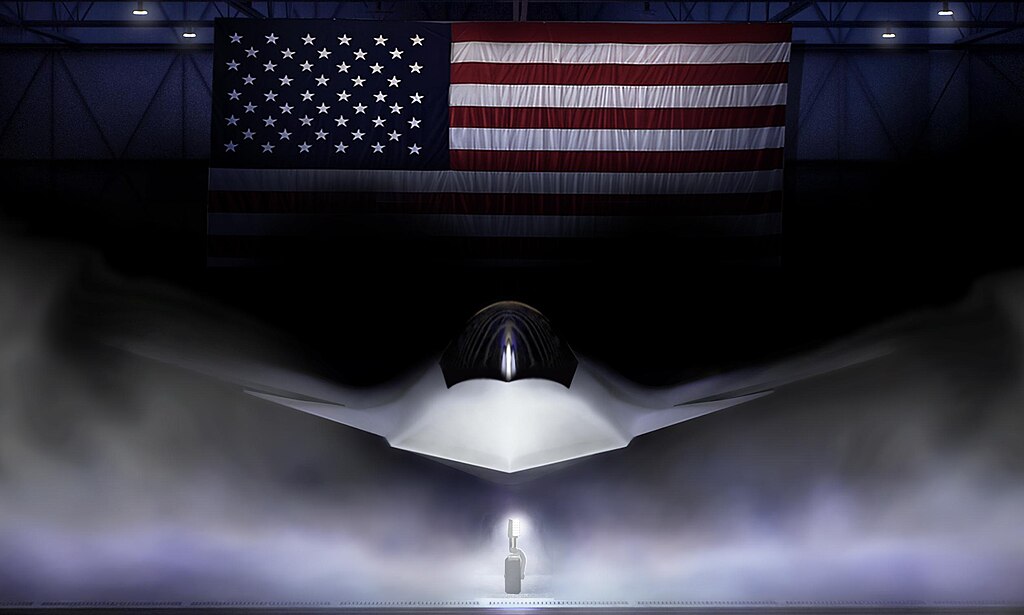
1. The F-47 Sixth-Generation Fighter Takes Shape
After years of secrecy, Boeing is finally manufacturing the US Air Force’s sixth-generation fighter, the F-47, under the Next Generation Air Dominance program. It will be designed with a specific combat radius of more than 1,000 nautical miles for its Indo-Pacific tasks. First flight is expected in 2028, with at least 185 aircraft planned for entry into service across the course of the 2030s. As Air Force Chief of Staff Gen. David Allvin has said, the F-47 will be the “crown jewel” of human-machine teaming, acting seamlessly with drone wingmen to extend reach and survivability.
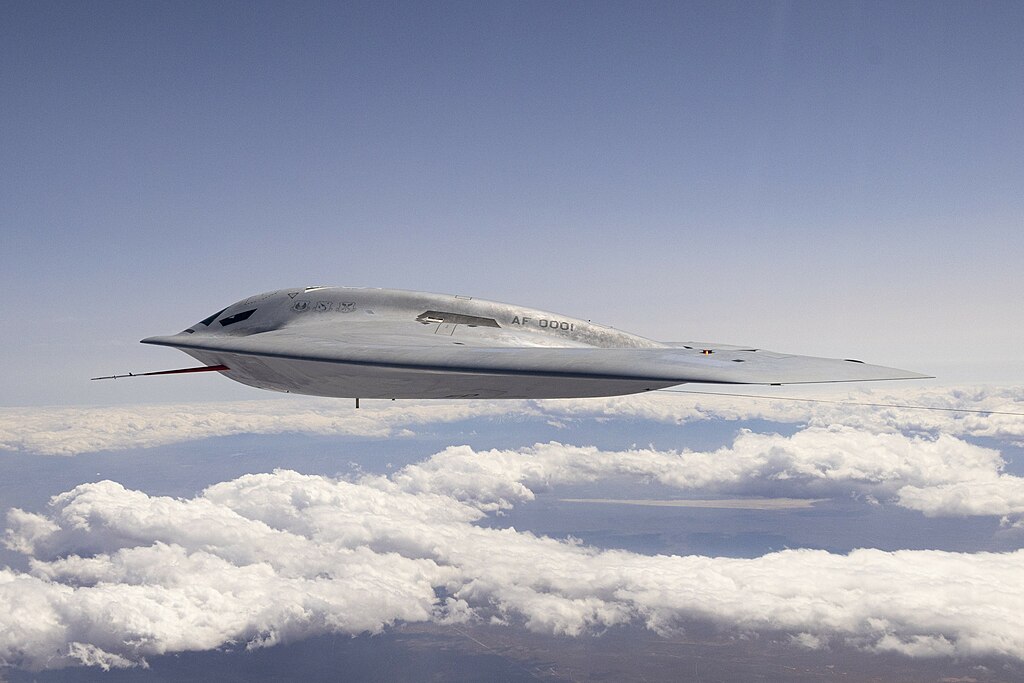
2. B-21 Raider: Stealth Bomber of America’s Contested Skies
A successor to the B-2, the B-21 Raider is well into testing at Edwards Air Force Base. The Air Force intends to buy at least 100 Raiders designed to punch through heavily defended airspace. The bomber features modular architecture for rapid upgrades, while low observability is intended as a counter to China’s integrated air defenses. Its role is not only strategic but also central in breaking into what has been called the “Chinese defensive bubble” that extends across the First Island Chain.

3. Collaborative Combat Aircraft: Loyal Wingmen in Action
The Pentagon’s Collaborative Combat Aircraft program is churning out drones flying alongside manned fighters, extending sensors, carrying weapons, and absorbing risk. Already, prototypes from Anduril and General Atomics are airborne. Melding stealth with autonomous control gives the U.S., according to Eric Heginbotham of MIT, a “significant edge” over China in high-end military drones, even as Beijing has dominated the commercial drone market.
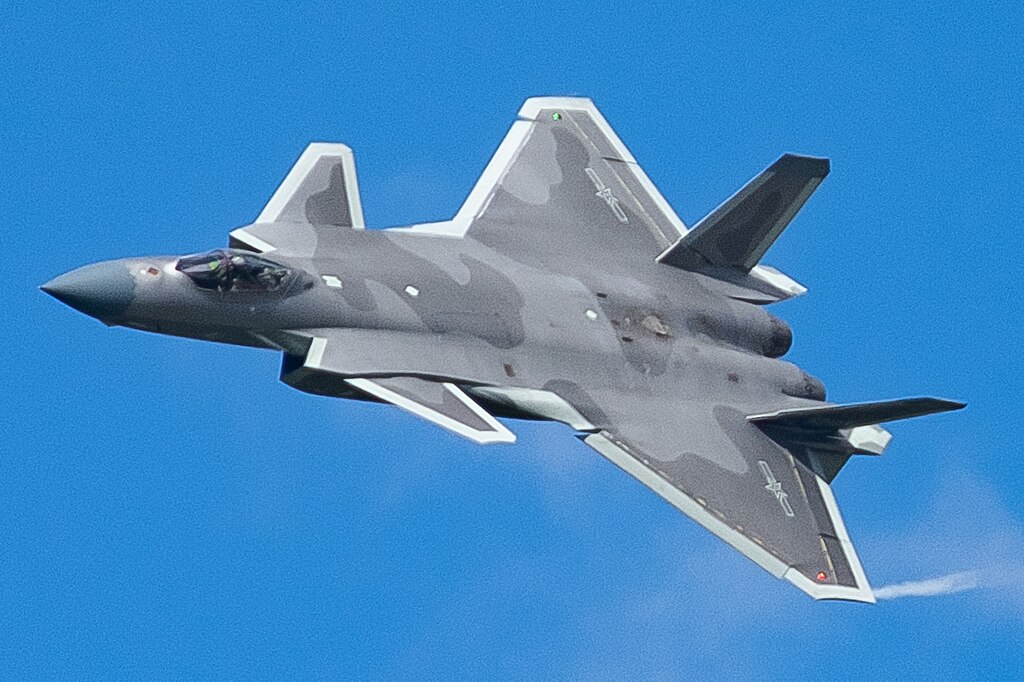
4. J-20 and the WS-15 Engine Leap
of China Equipping Beijing’s flagship Chengdu J-20 stealth fighter with an indigenously produced WS-15 engine will help match US propulsion performance. Still lacking many of the capabilities of the F-22, analysts said, the upgrade highlights how China is determined to bridge gaps in speed, range, and payload. That’s one of the historic weaknesses of the PLA Air Force: a reliance on foreign powerplants.
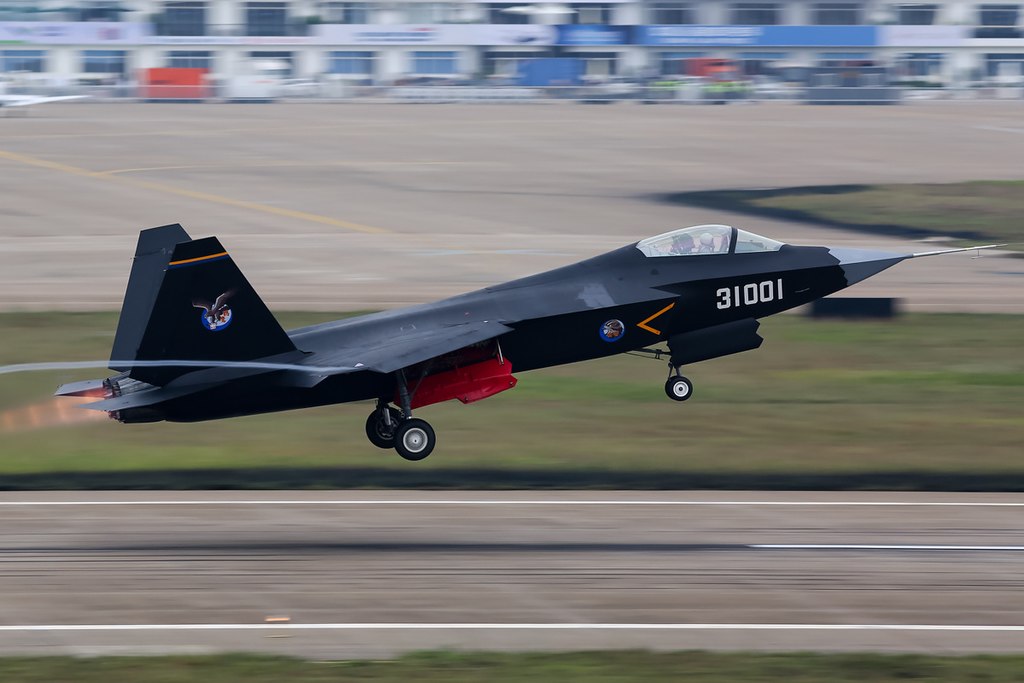
5. Fujian: Catapult-Equipped Carrier Redefines Chinese Naval Aviation
The People’s Liberation Army Navy inducted its third aircraft carrier, Fujian, the first to feature electromagnetic catapults hitherto unique to Ford-class carriers of the U.S. Navy. Capable of launching heavier, stealthier aircraft such as the J-35, Fujian will be able to conduct longer-range carrier strike operations; it also can support fixed-wing airborne early warning aircraft. The PLA Navy thus sets course to project airpower well beyond coastal waters, holding important implications for Taiwan and the Western Pacific.
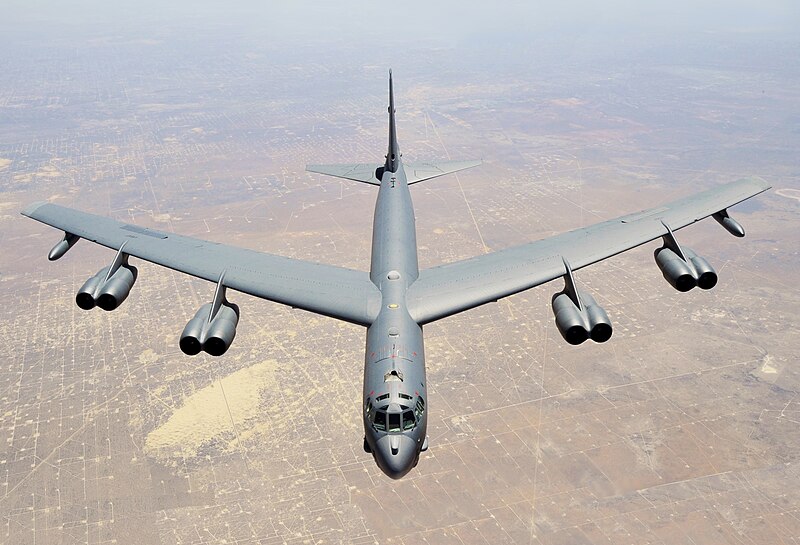
6. PLA Rocket Force’s Runway Strike Doctrine
Chinese military writings identify airfields as critical vulnerabilities. PLA Rocket Force brigades rehearse cratering runways and taxiways in the hope of crippling U.S. air operations before they can even begin. Modeling indicates that missile salvos could shut down Japanese runways for up to 12 days and shut off tanker operations for more than a month, forcing U.S. bombers to pull back to bases in Australia or Hawaii. “The forward-deployed bases in Okinawa and Guam are ‘exposed to Chinese missile attack’ from the outset,” Mark Cancian of CSIS warns.

7. Hardening of US Bases, Dispersal: Challenges
Congress has pressed the Pentagon to build hardened shelters and underground facilities in the Indo-Pacific, but even so, runways would remain a vulnerable point. Dispersal to civilian airfields and rapid runway repair are part of mitigation plans, but analysts underscore that survivability will entail new operational concepts-transferring early air denial burdens to allies and using runway-independent platforms.
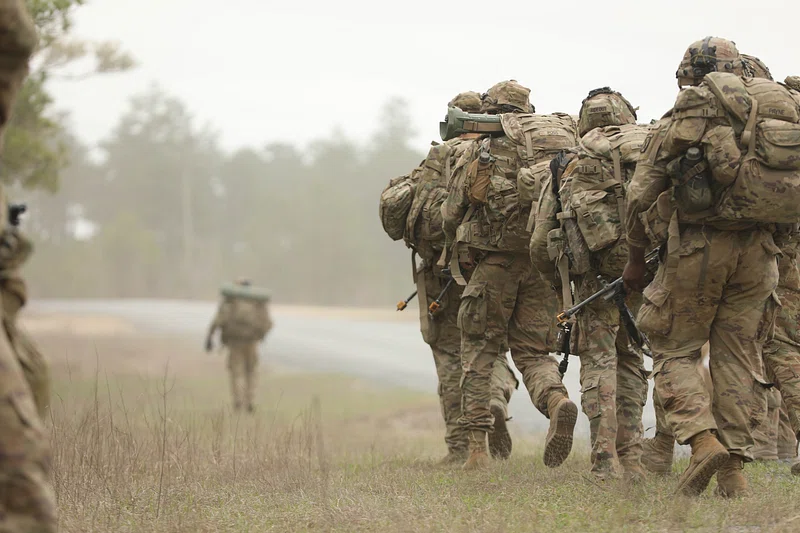
8. Divergent Strategies: Quality vs. Quantity
The US model focuses on smaller numbers of very advanced aircraft that use AI and sensors to strike first and survive in contested skies. The approach is one of mass-producing fighters, missiles, and carrier sorties with a view to overwhelming defenses. Cancian underlines the fact that US fighters are “short-legged” and must operate inside China’s missile envelope to engage over Taiwan, hence survivability inside that bubble is a shared challenge.
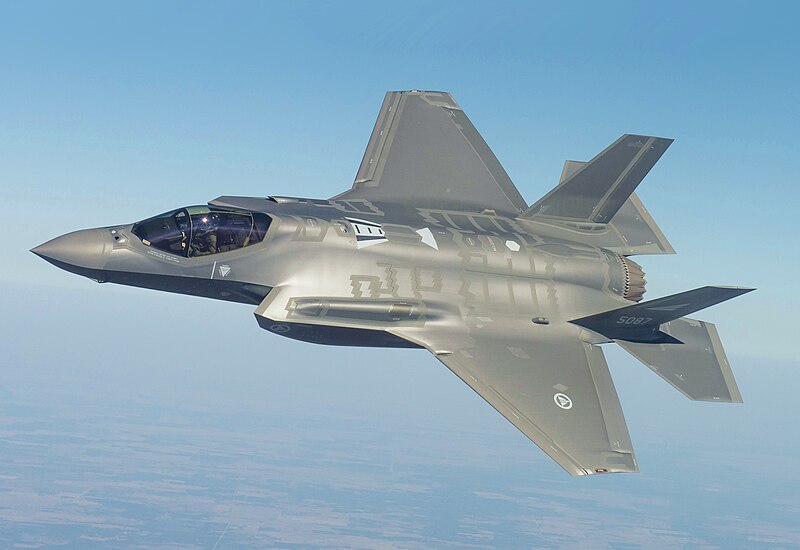
9. Future Stealth Doctrine: AI, Swarms, Miniaturization
New concepts-like the Stand-In Variable Speed Multiple-Domain approach-foresee small autonomous platforms that exploit artificial intelligence, swarming tactics, and multi-domain maneuver to burst into A2/AD zones. Capable of obscuring identity, varying speed, and domain-air, sea, undersea-these systems can diffuse enemy detection and break open avenues for larger strikes. This mosaic warfare might redefine how stealth will be applied to manned and unmanned systems. The Pacific airpower race is no longer one of incremental upgrades; it’s a sprint toward fundamentally new ways of fighting.
The US is gambling that integration, stealth, and autonomy will be enough to offset the handholds of distance and missile threats, while China is building out its carrier fleet, fleshing out improved engines, and refining its saturation strike doctrines. Both point to the same unforgiving reality: in the next war, survival will hang less on dogfights than on whether aircraft can launch, land, and operate inside a contested battlespace. In that environment, technology is not just an advantage-it is the price of entry.

